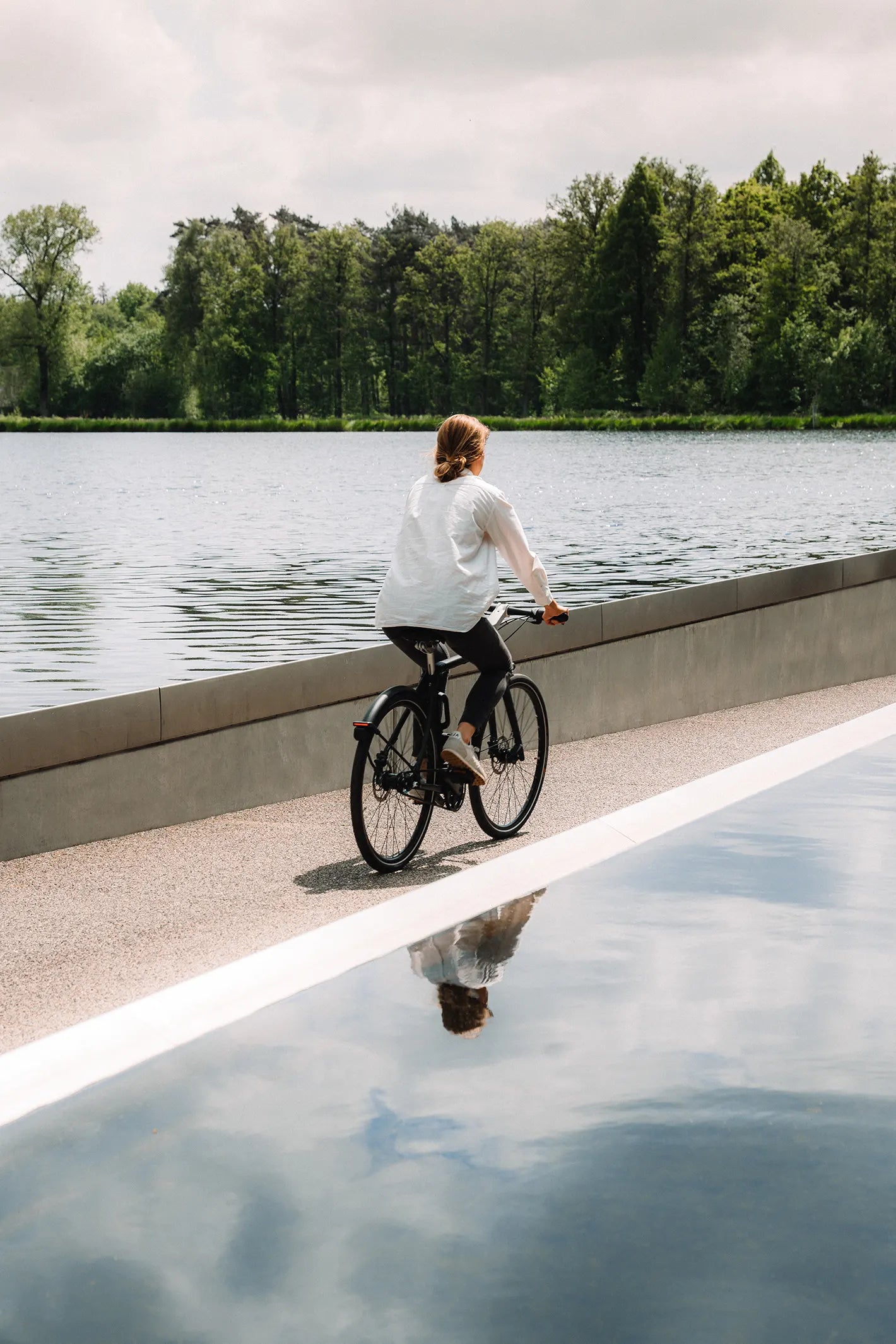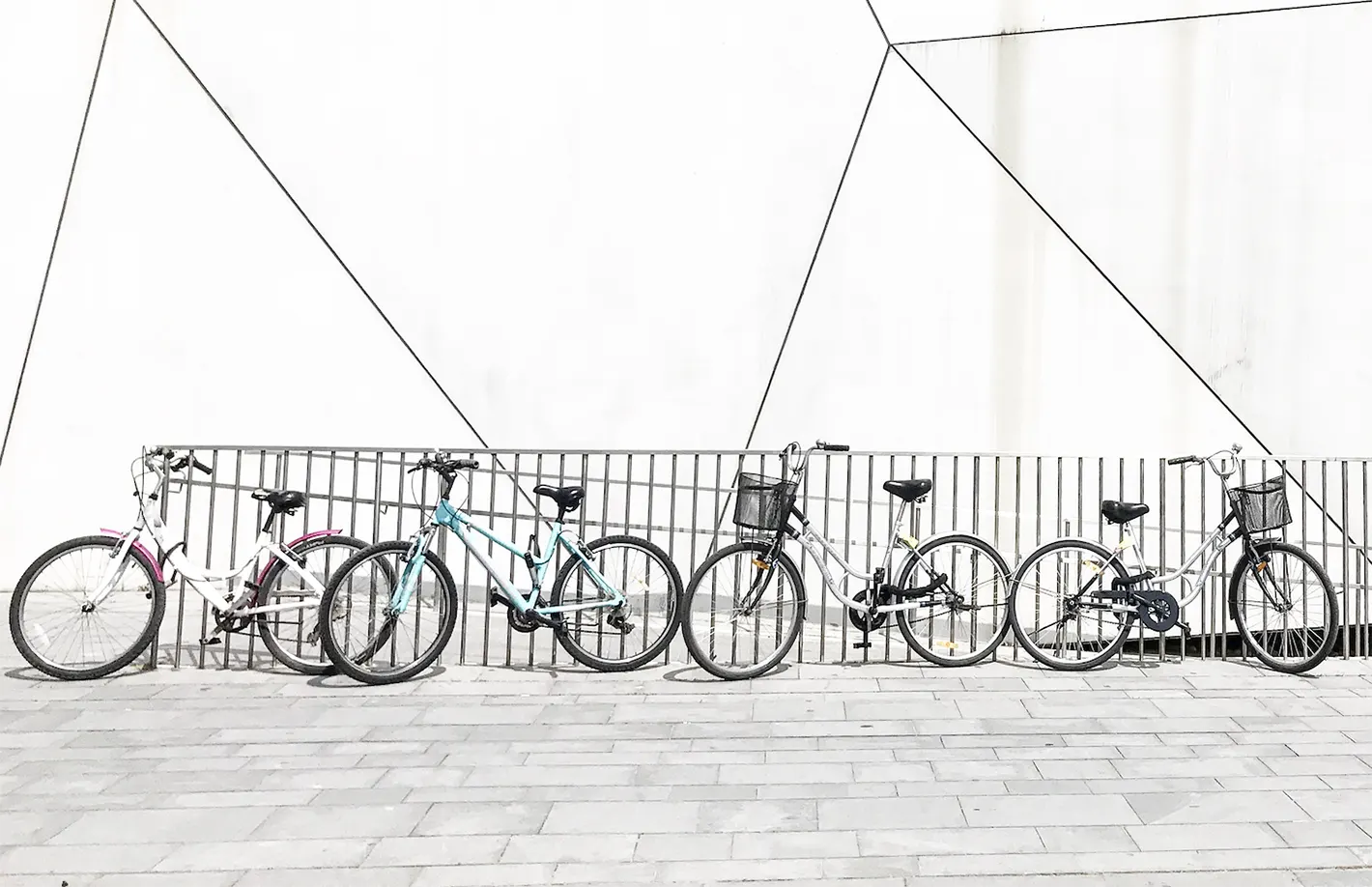In a nuthsell:
Choose a quality lock to secure your bike.
Choose a sturdy anti-theft device, such as a solid U-lock or a strong chain with a quality padlock. Opt for anti-theft devices certified by security organizations, such as the NF standard or the Sold Secure label . The stronger the lock, the more it will discourage potential thieves.

Lock your bike correctly.
Be sure to lock your bike securely, by attaching the lock around the bike frame and front wheel, then attaching it to a solid anchor point. Avoid leaving empty spaces that could allow thieves to insert tools to force the lock. Make sure the lock is snug and difficult to manipulate.
Choose secure parking locations.
Choose well-lit and busy places to park your bike. Use secure public bike racks when available. Avoid isolated and inconspicuous places, as these are prime targets for thieves. If possible, park your bike near surveillance cameras or in areas with an increased security presence.
Use additional safety devices.
In addition to the main lock, consider using additional security devices to make your bike less attractive to thieves. For example, you can install anti-theft screws for your bike's components, such as the saddle and wheels, or use a security cable to attach removable parts of the bike. There are also alarms on some connected bikes that can deter thieves.
Register your bike and keep proof of purchase.
Record your bike's information, including its unique serial number, on dedicated platforms like Bicycode . Bike identification certification helps prove legal ownership of the bike and deters thieves from reselling it. When a certified bicycle is stolen and recovered, the relevant authorities can scan the bicycle identification number to check whether it is registered in the certification system database. If the bike is listed as stolen, the owners can be contacted and the bike can be returned to them.
Bicycle identification certification is a valuable tool in combating bicycle theft. It makes stolen bikes more difficult to resell on the legal market because they can be easily identified. In addition, it offers owners the possibility of recovering their bike in the event of theft, thus strengthening the deterrent for potential thieves. Also take photos of your bike and keep proof of purchase. This will make it easier to recover the bike in the event of theft and increase the chances of finding it.

For more peace of mind, opt for the bike that folds at home.
It was with this observation in mind about bicycle theft that the inventor of the famous Yoyo stroller began to think about the Bastille project. To integrate into people's lives, to facilitate their urban travel, we had to remove the obstacles to purchasing a bicycle. After years of research and development, he imagined a bike with the same properties as a good urban bike but with a major advantage, its folding. Thus making Bastille, the first folding bike with large wheels offering you an exceptional driving experience and the possibility of storing your bike at home, safe from potential thieves.
By allowing cyclists to practice their leisure activity without any constraints, Bastille offers a simple and fluid experience which will perhaps allow a certain number of users discouraged by the experience of flying to get back on the saddle.
*These conclusions are taken from the IFRESI-CNRS survey and the Altermodal design office.

